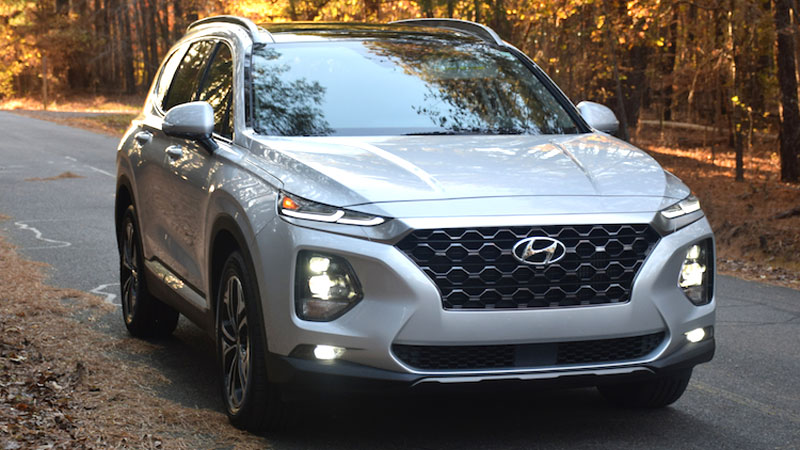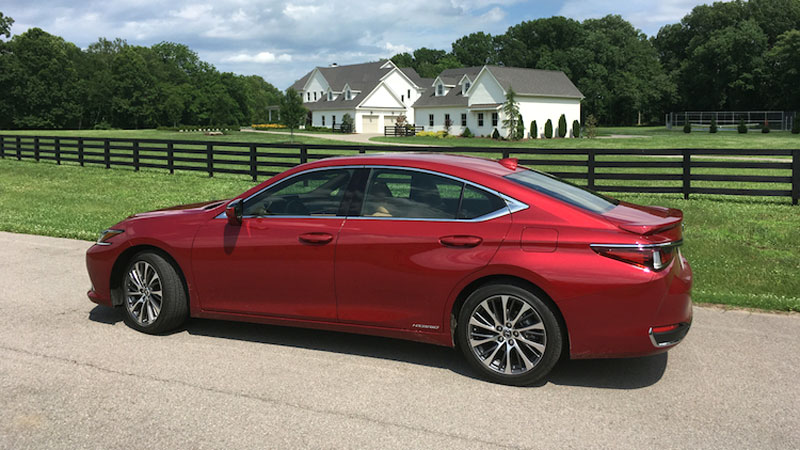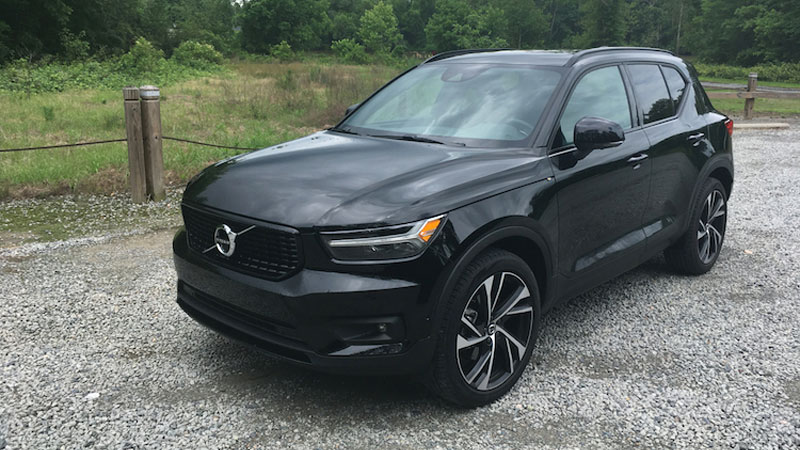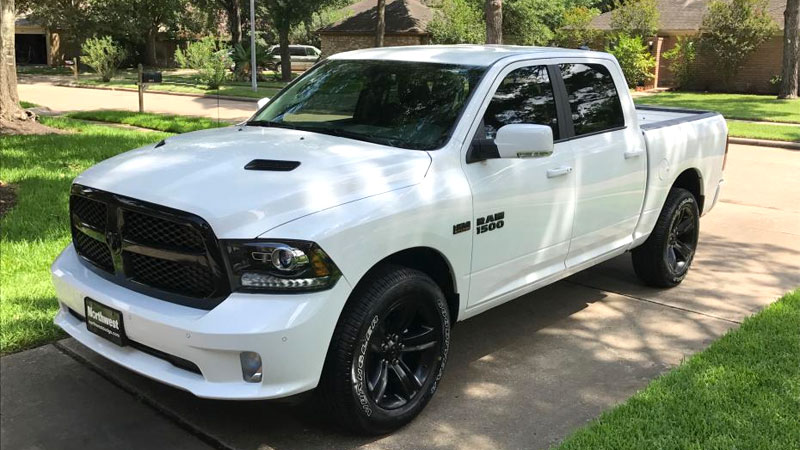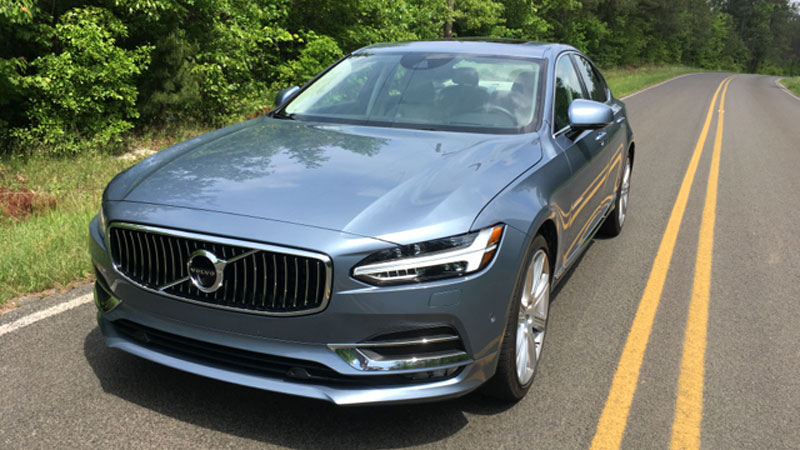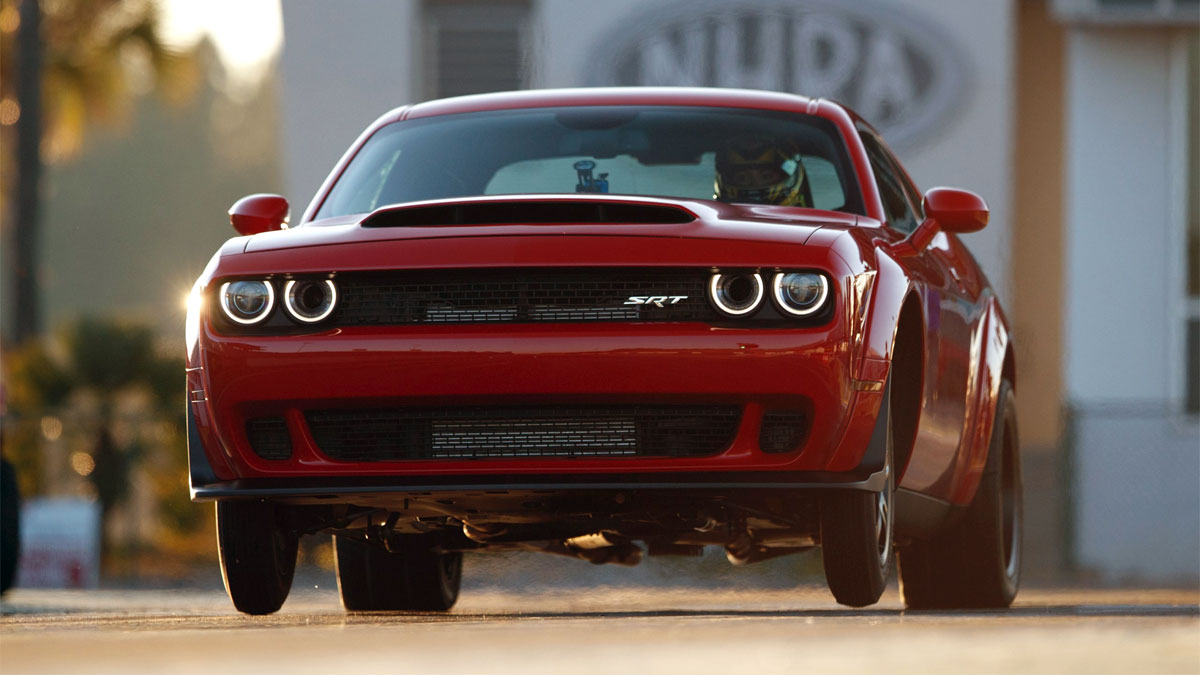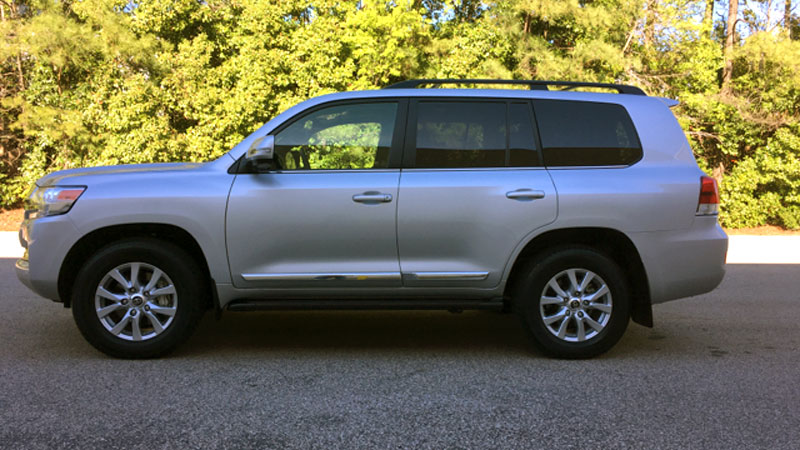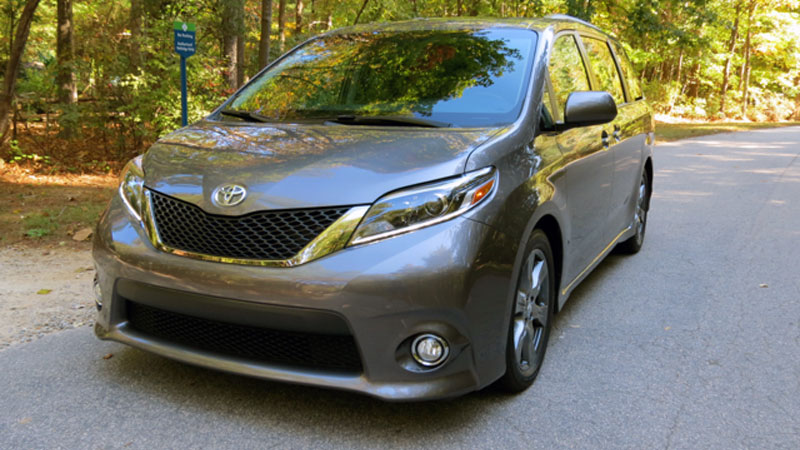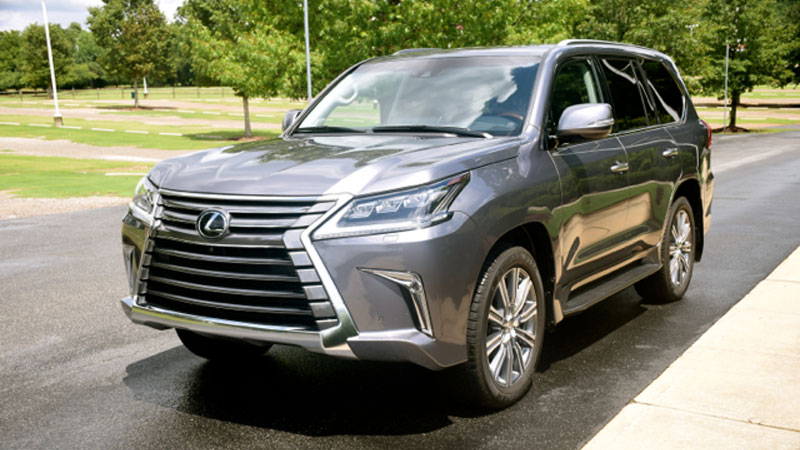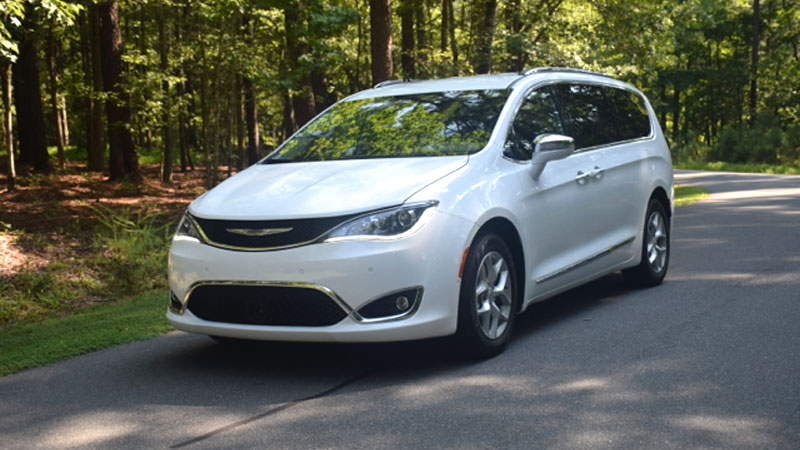2019 Hyundai Santa Fe (A New Look for a Trusted SUV)
Hyundai’s midsize SUV is all-new for 2019. The 2019 Hyundai Santa Fe is all-new and now represents a two-row midsize crossover utility vehicle with room for five. Whatever happened to the three-row version? It is still around, but Hyundai renamed it the Santa Fe XL for 2019. Hyundai Utility Vehicle … Read more

